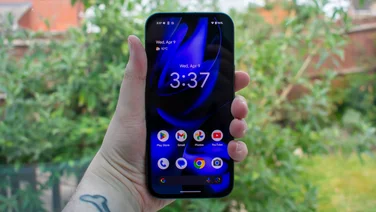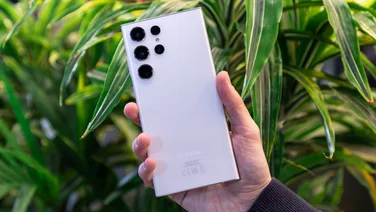To help us provide you with free impartial advice, we may earn a commission if you buy through links on our site. Learn more
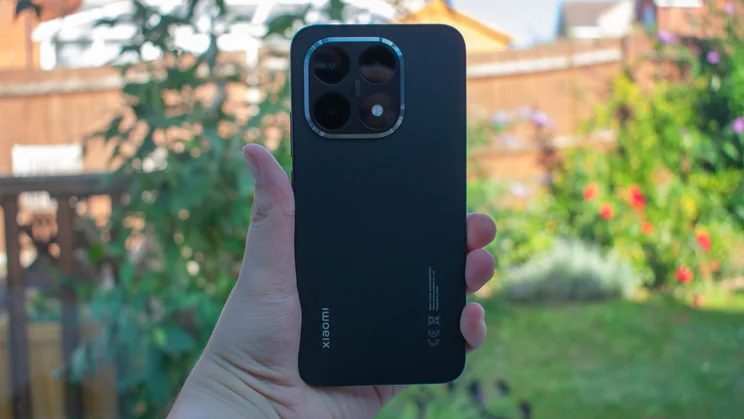
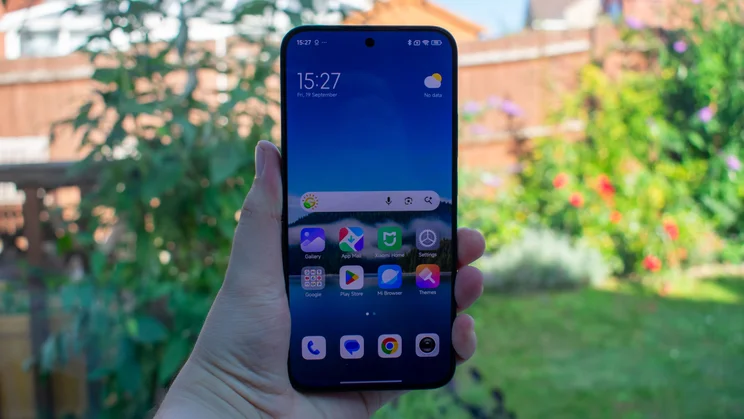
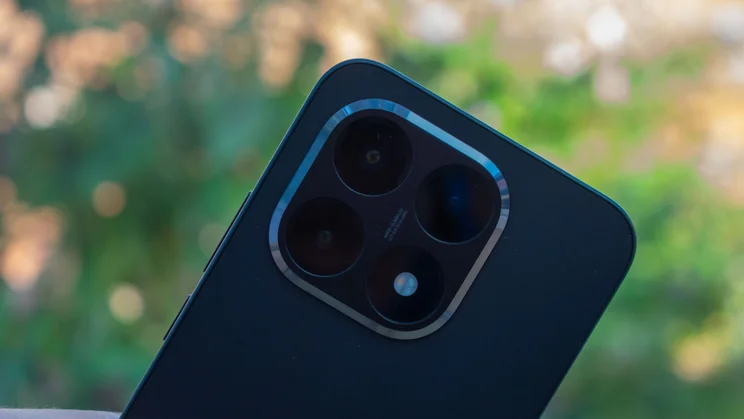
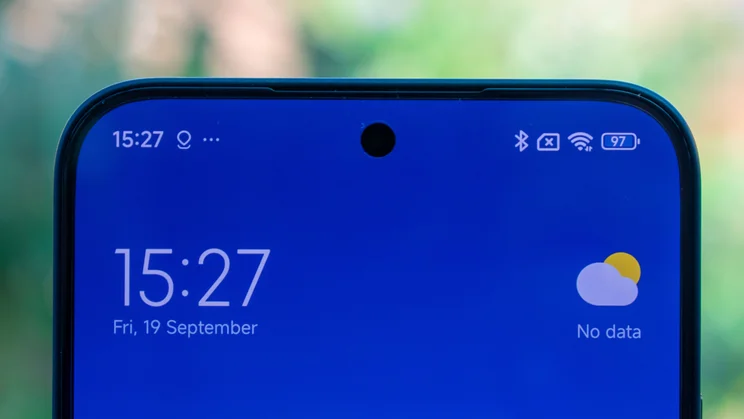
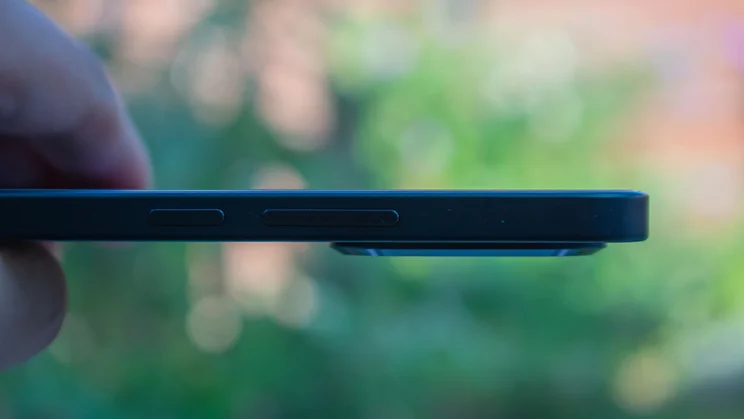
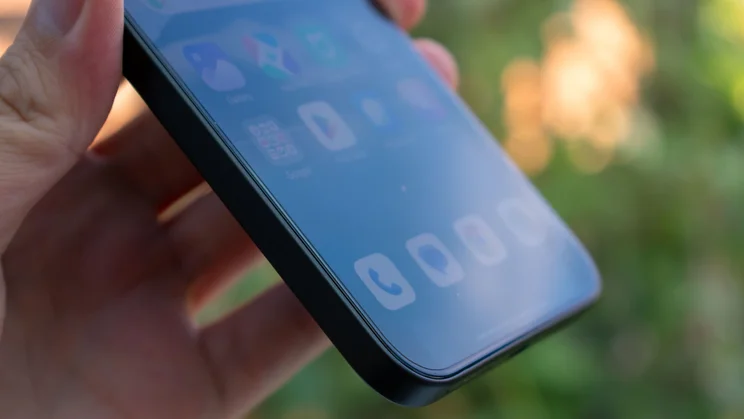

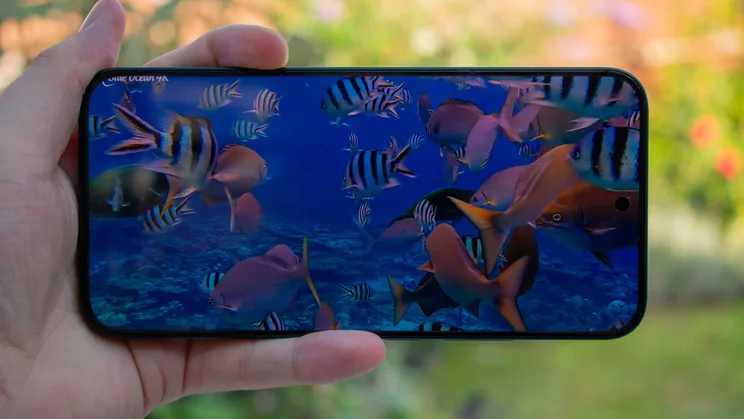
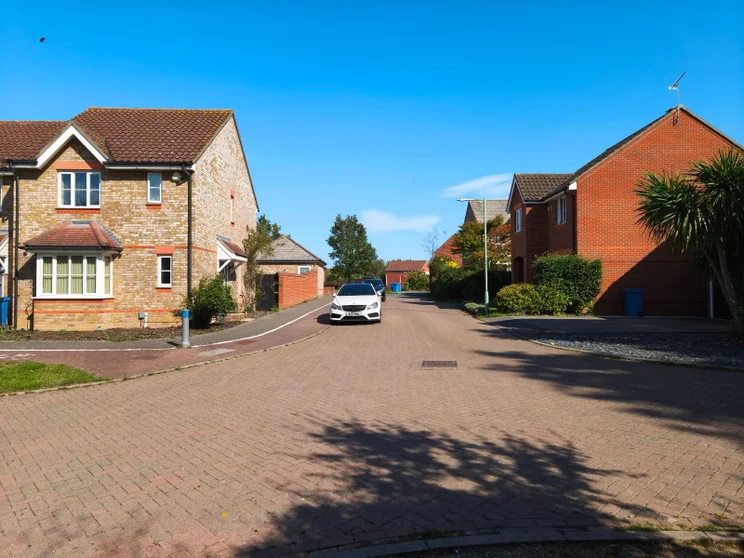



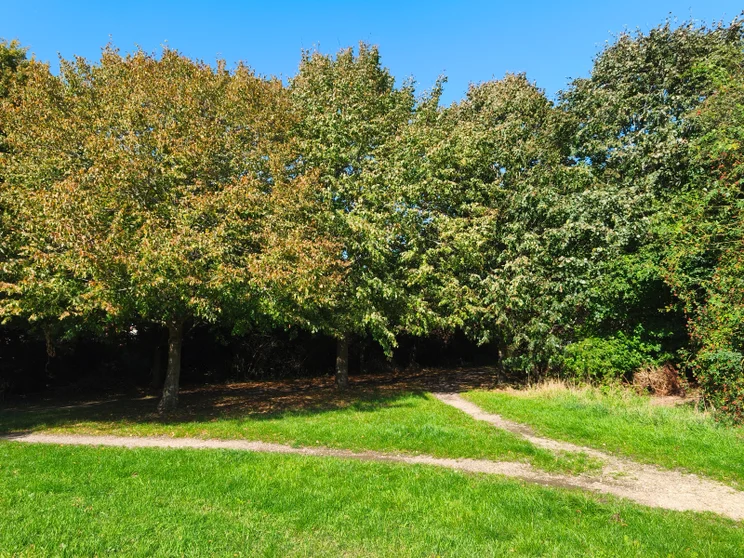
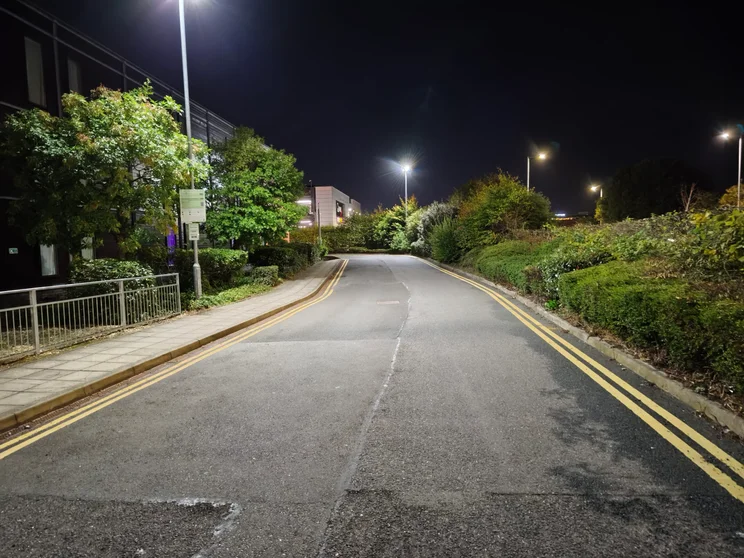

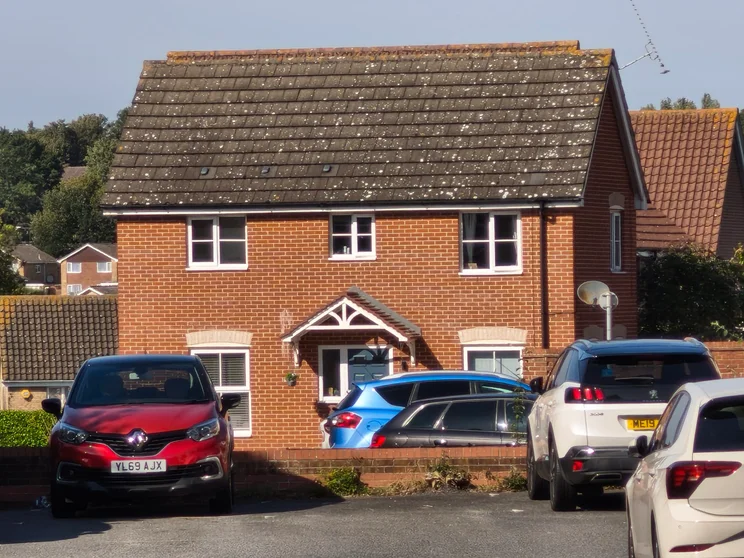
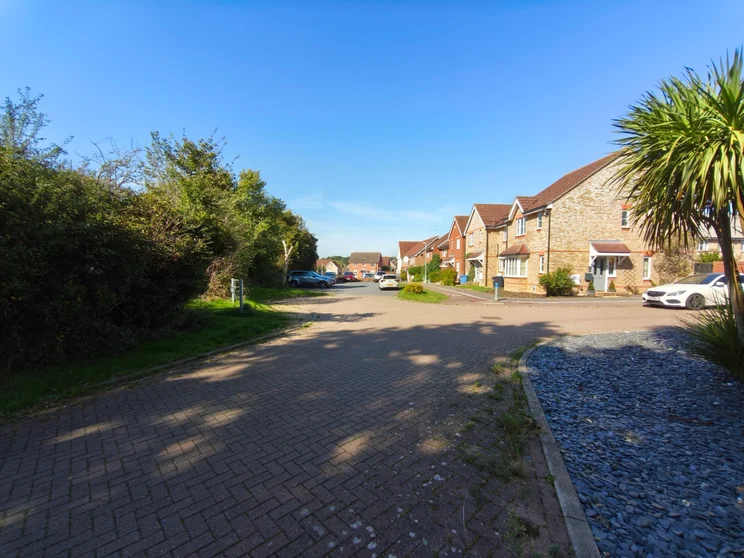
- Bright, colour-accurate display
- Decent performance and battery life
- Speedy fast charging
- Barely an upgrade
- HyperOS still frustrates
- Not the longest software support
The Xiaomi 15T is a tricky one to evaluate. On the one hand, it’s a generally competent mid-range phone with a strong spec sheet, sharp cameras and a big, bright display. But on the other hand, it represents the most minimal of upgrades over its predecessor, with only a new processor, slightly bigger display and improved battery capacity to separate it from the Xiaomi 14T.
Throw in ongoing frustrations with HyperOS and the fact that you can get longer software support from rivals, and the Xiaomi 15T fails to stand out in this particularly cutthroat corner of the smartphone market.
Xiaomi 15T: What you need to know
So, how similar is it to last year? Most notably, the Leica-branded camera system is essentially unchanged, with the rear trio comprising a 50-megapixel (f/1.7) main lens, a 50-megapixel (f/1.9) 2x telephoto camera and a 12-megapixel (f/2.2) ultrawide. The selfie camera is again a 32-megapixel lens, but the aperture is slightly narrower (f/2.2 compared to f/2.0).
Just like its Pro sibling, the Xiaomi 15T gets a larger 6.83in AMOLED display this year. The 2,772 x 1,280 resolution is practically identical to the 14T, but the maximum refresh rate has been dropped from 144Hz to 120Hz. Quoted brightness is also lower this year, down from 4,000 nits to 3,200 nits.

















The MediaTek Dimensity 8400 Ultra chipset is the next generation of the Xiaomi 14T’s 8300 Ultra SoC, with the same 3.25GHz peak clock speed and again backed up by 12GB of RAM and either 256GB or 512GB of storage.
Perhaps the biggest change this generation is the battery, which has grown from 5,000mAh to 5,500mAh – though wired charging is the same 67W as before.
Price and competition
Also unchanged from the previous model is the starting price. The 256GB Xiaomi 15T will set you back £549, while the 512GB variant is £599.

















The biggest threat in this price range is the Google Pixel 9a, which starts at £499 for the 128GB model, with the 256GB version at £599 – there’s no 512GB variant, so Xiaomi has the advantage there. The Pixel offers fantastic cameras, extensive battery life and unrivalled software support with seven years of OS updates and security patches.
The new iPhone 16e can also be picked up for this kind of money, with the 128GB model starting at £544 and the 256GB version costing £649 – though you’re looking at a hefty £849 if you want the same 512GB of storage that you can get with the Xiaomi 15T.
Design and key features
At first glance, the Xiaomi 15T looks the same as its Pro sibling, with flat edges that sit flush to the rear and a low-profile, rounded-square camera bump. I’m a big fan of this look, especially compared to the chunky, cheap-feeling design of the 14T series, so we’re off to a good start.

















The frame is plastic, as opposed to the aluminium used by the Pro model, but the rear is the same soft, matte glass, and the dust and water resistance rating is the same IP68. There are three colours to choose from this year; my review sample came in the standard black, but there are also Grey and Rose Gold options.
The 15T weighs around the same as its predecessor, at 194g. That’s impressive because this year’s model has a larger 78 x 163mm (W x H) footprint to accommodate the bigger display. Better still, it’s slimmer than last year, too, down from 7.8mm to 7.5mm.
I usually bag on Xiaomi for stuffing its phones with unnecessary, obnoxious bloatware, so it’s nice to see a relatively reserved selection of preinstalled apps this time around. That being said, there are still a few issues that make HyperOS irritating – the most notable of which is the general settings being arbitrarily shuffled into the quick launch tiles in the control centre, making it a pain to find quickly.

















Xiaomi’s software support is less of an issue here than it is with the Pro model, which faces stiffer competition, but it’s still not the best you can get for this kind of money. The Xiaomi 15T will receive four years of OS updates and six years of security patches, which is decent enough, but the Honor 400 Pro gets six years of both, and the Pixel 9a gets seven.
One unique offering here is Xiaomi’s Offline Communication feature. This allows users to make voice calls to other 15T-series phones within 1.3km, even when they don’t have signal or Wi-Fi. Just like walkie-talkies, this works best in open spaces without obstacles blocking the signal.
Display
The 6.83in display is, for the most part, identical to the one used on the pricier Xiaomi 15T Pro, with the sole exception of the refresh rate, which is 120Hz here, instead of 144Hz. Otherwise, it’s just as crisp, vibrant and bright. In my testing, the screen recorded at 597cd/m2 on manual brightness and 1,026cd/m2 on adaptive with a torch shining on the light sensor. HDR brightness didn’t quite reach the same heights as the Pro, but the result of 1,758cd/m2 is fantastic nonetheless.

















Xiaomi likes to go a bit overboard with the colour profiles, giving you a total of six to choose from. These are great for those who prefer granular control over the look of their screen, but most people (me included) will be perfectly happy sticking with the default Original Colour Pro setting.
Streaming and gaming look nice and punchy in this profile, and accuracy is decent enough, though I was able to find better sRGB authenticity with the Advanced Original colour profile. Here, I recorded an sRGB gamut coverage of 99.3% and a volume of 104.9%, with the average Delta E colour variance score coming back at just 0.97 – we’re targeting 1 or under here, so that’s right on the money.
Performance and battery life
The 3.25GHz MediaTek Dimensity 8400 Ultra chipset scored well in the Geekbench 6 tests, with results that surpass the Pixel 9a and beat the Honor 400 Pro in the multi-core portion – though the Honor was 31% faster with single-core operations.
As tends to be the case, however, Apple’s silicon is unmatched. The iPhone 16e is far out in front, with single-core results and multi-core results that are 111% and 21% better than the Xiaomi.
Things even out in the gaming tests, with the Xiaomi 15T scoring similarly to the iPhone 16e – though the latter’s paltry 60Hz display means it can’t quite match the Xiaomi’s onscreen results.
The Pixel 9a’s smaller, less pixel-dense display allows it to hit a higher onscreen frame rate, but for a balanced look, we’re focusing on the offscreen results here. And in that regard, only the Honor 400 Pro does any better than the Xiaomi 15T.
Battery life is decent, too. The Xiaomi 15T ran our standard looping video battery test for 27hrs 55mins before tapping out, more than four hours longer than the iPhone 16e. The Pixel 9a reigns supreme here, however, with a bonkers result of 34hrs 5mins.
The 67W charging support is better than most of the competition, bringing the battery from empty to 50% in around 24 minutes and hitting 100% in 1hr 10mins. By comparison, the Pixel 9a took 33 minutes to reach 50%, with a full charge taking over an hour and a half.
Cameras
Some form of upgrade to the cameras would have gone a long way to making this feel like an actual improvement over the 14T, but there’s no denying that the Leica cameras are still excellent. The 50-megapixel (f/1.6) main camera produces crisp, bright images with great dynamic range and punchy colours.

It also supports optical image stabilisation (OIS), which helps to keep detail levels strong with night photography. Big blocks of darkness like the sky remain free from visual noise, and there’s plenty of definition in deeper, shadowy areas. As you can see in the shot below, artificial light sources are prone to blooming, but otherwise, this is a lovely night camera.

The 50-megapixel (f/1.9) 2x telephoto camera is great for portrait shots, with crisp detail capture and strong contrast delivering instantly stylish shots. I used it to snap a ladybird chilling on a leaf, and the results were striking and beautifully coloured.

The 12-megapixel (f/2.2) ultrawide camera is the same as the one on the Pro model, and it’s just as good here. Detail is a little weaker than the other two lenses, especially towards the edges, but it’s still nice and sharp for the most part, and the colour tone is almost identical to the main lens.

Video is also the same as last year, topping out at 4K/60fps. Footage is sharp, with decent exposure balancing, but the stabilisation is only electronic, so you still get a little bit of sway here and there.
Xiaomi 15T: Verdict
Putting aside the software irritations, the Xiaomi 15T doesn’t actively do much wrong. It’s just that it’s not much of an upgrade over its predecessor. The display is bigger, the battery capacity is slightly higher, and we have a new processor, but otherwise, there’s nothing to set it apart from the Xiaomi 14T.
Moreover, while it performs well enough, it lacks a key selling point that makes it worth picking over similarly priced rivals. The Google Pixel 9a is still the best choice for cameras, software and battery life, while the iPhone 16e is the way to go if you want the most power you can get for your money.
Sitting between these two titans, the Xiaomi 15T struggles to stand out in any meaningful way. It’s a solid enough smartphone, but I can’t see a situation in which I’d recommend that you buy it over either the Pixel 9a or the iPhone 16e.


